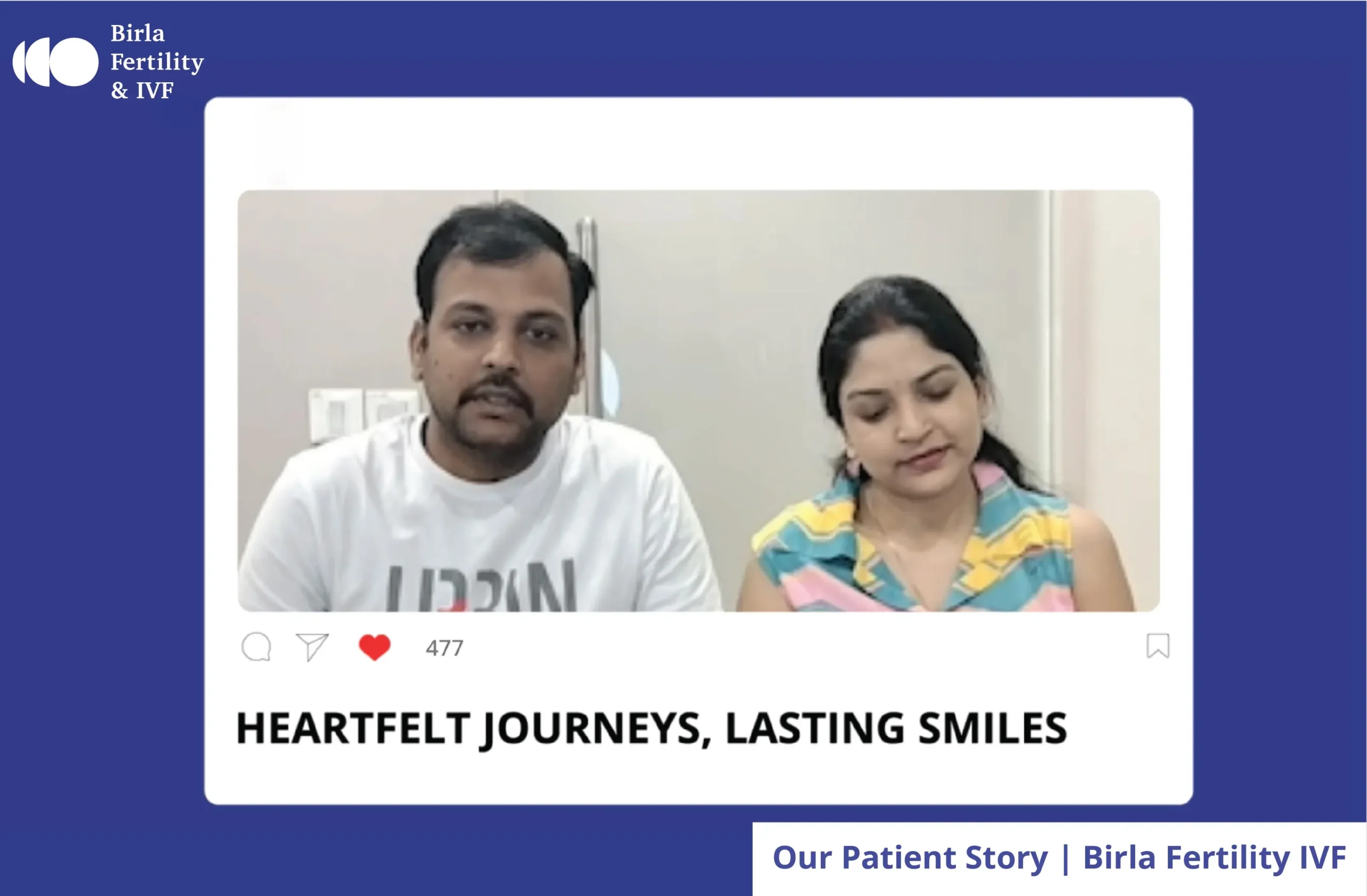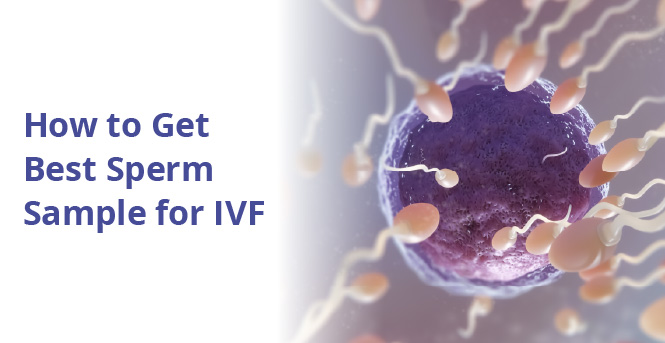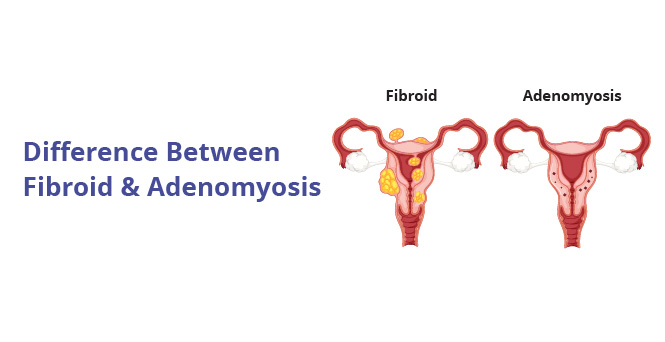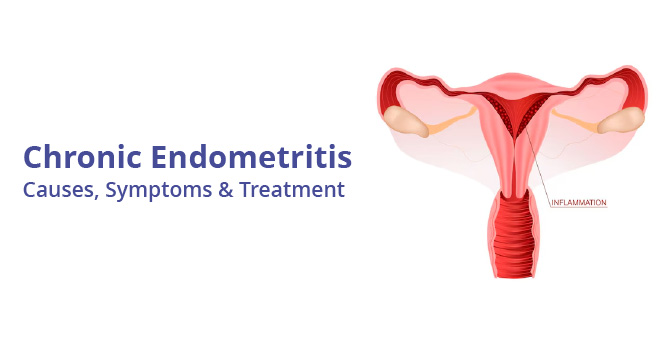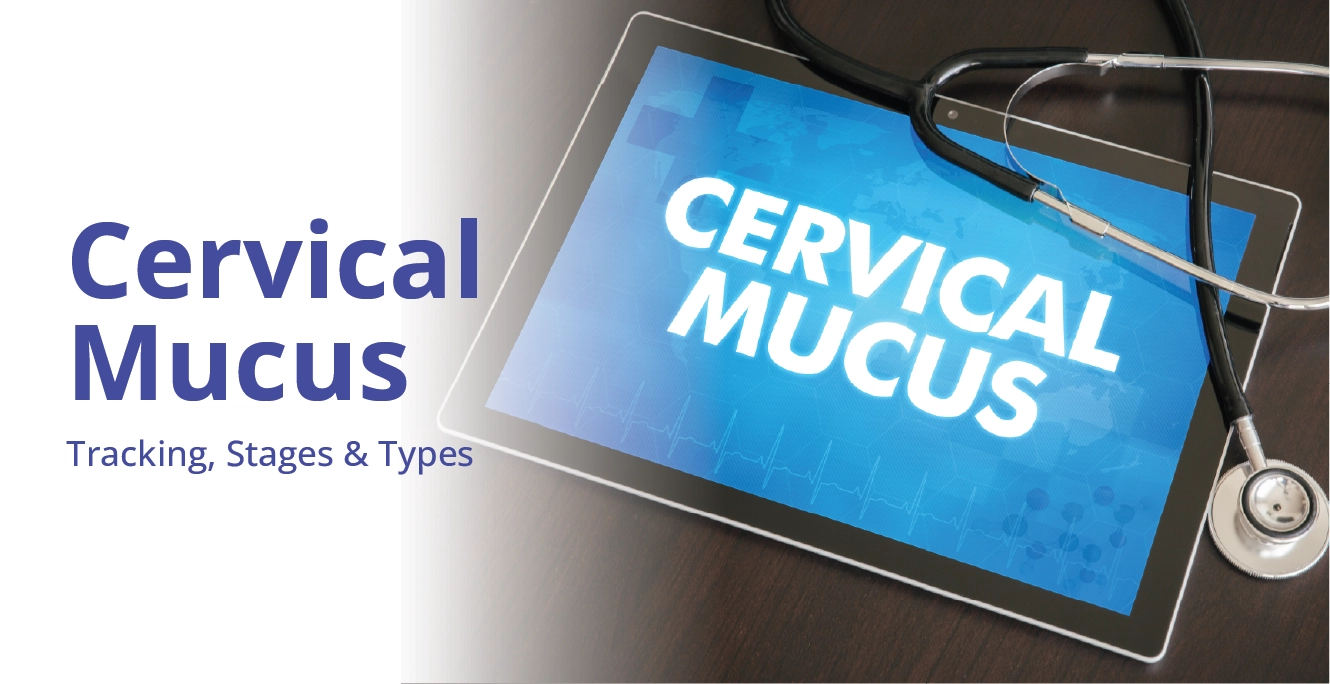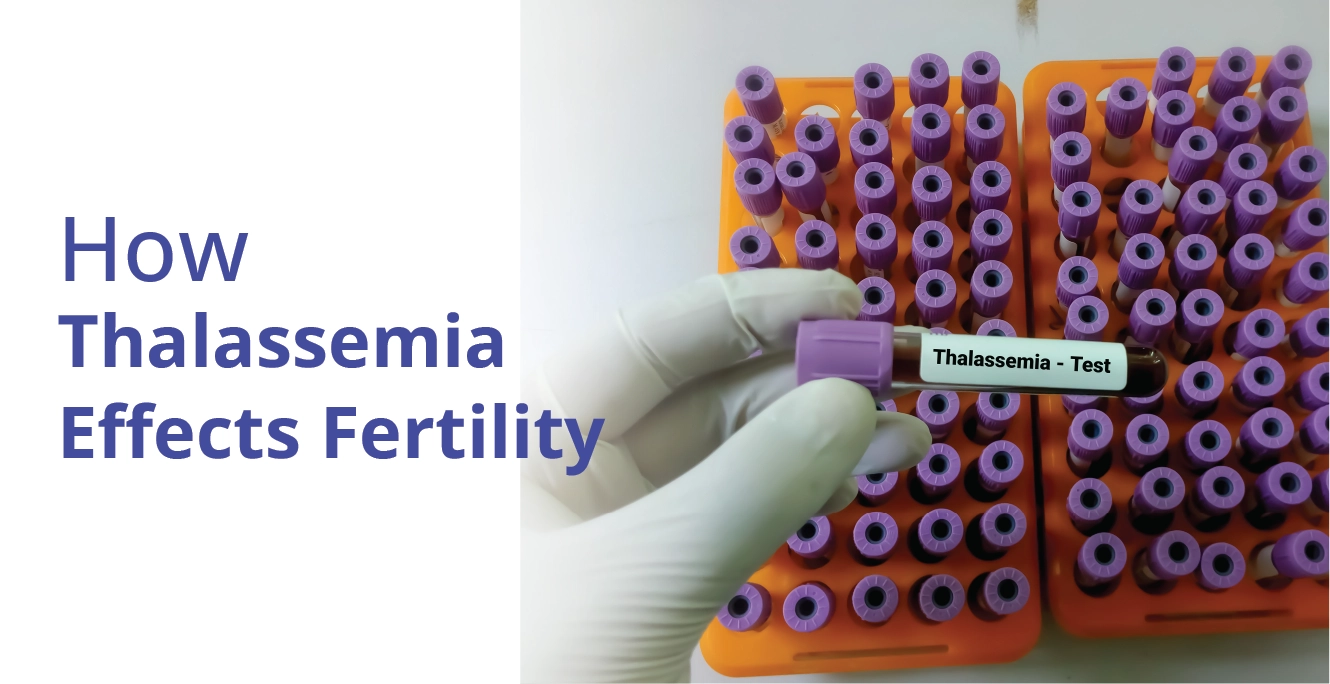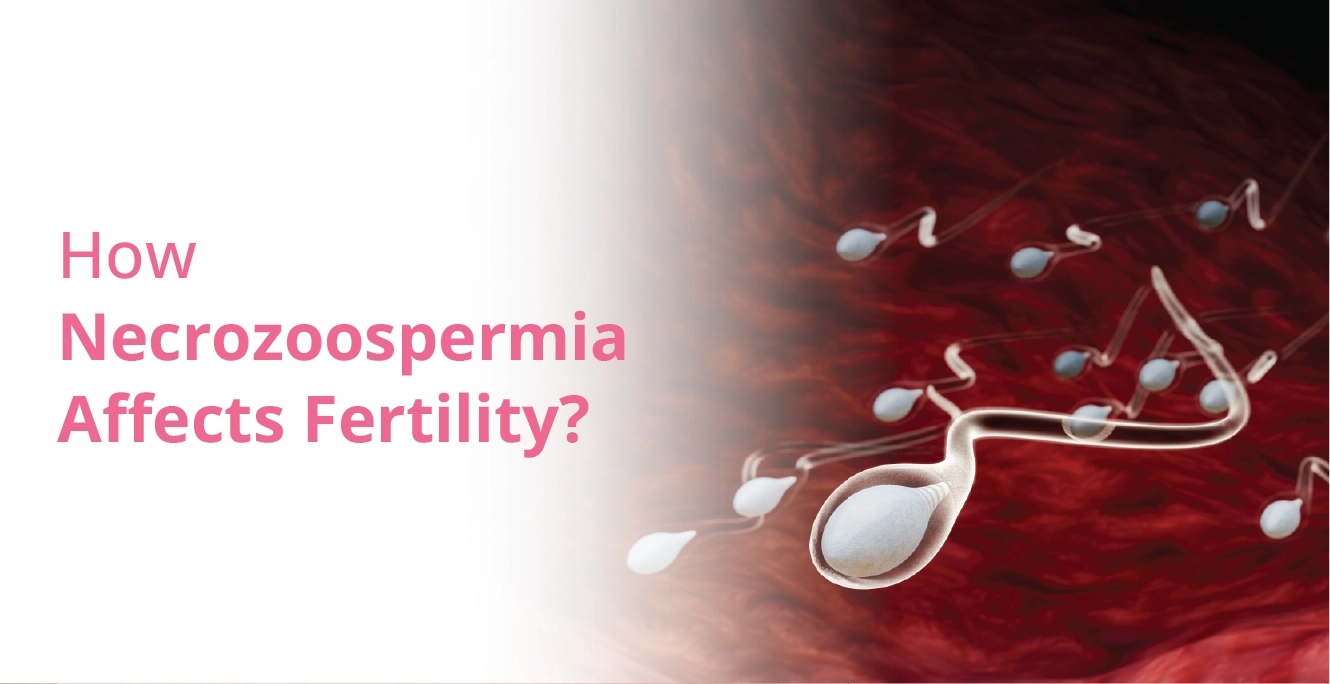Hysteroscopy
Hysteroscopy is a minimally invasive procedure that enables doctors to examine the inside of the uterus using a hysteroscope. A hysteroscope is a thin, lighted telescope-like device. It is primarily used to diagnose and treat conditions that cause abnormal uterine bleeding.
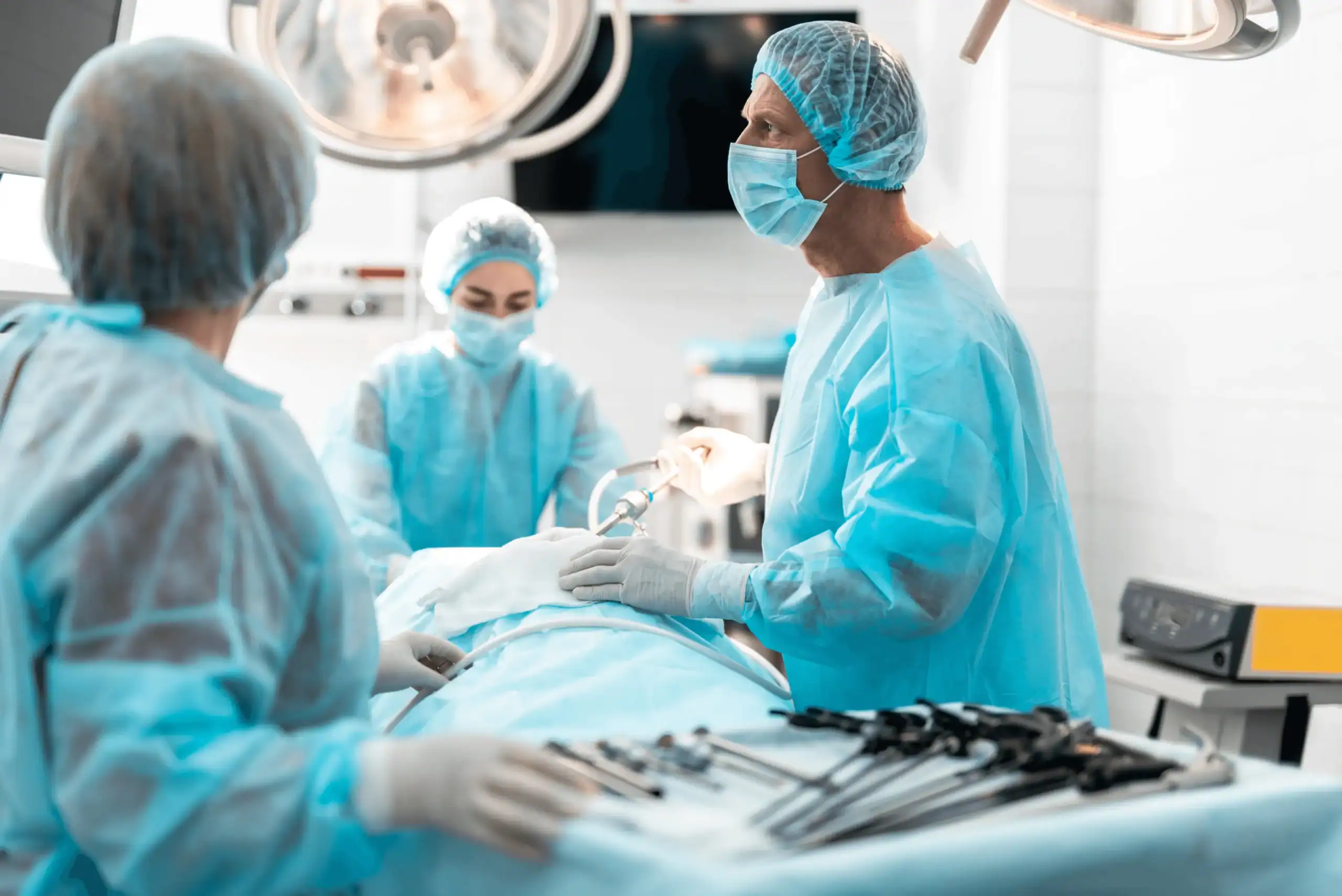
What is Hysteroscopy?

Hysteroscopy is a medical procedure where a thin, lighted camera is inserted into the uterus to examine the inside of the uterine cavity.
Hysteroscopy can help with fertility in several ways:
Diagnosis of Uterine Abnormalities: Hysteroscopy allows doctors to inspect the uterine cavity visually.
Treatment of Uterine Abnormalities: If any abnormalities are found during a hysteroscopy, the doctor can often manage them in the same sitting.
Confirmation of Intrauterine Device (IUD) Placement: Hysteroscopy can be used to ensure that the IUD is placed correctly in the uterine cavity.
Birla Fertility offers both basic and advanced hysteroscopic surgeries to address these uterine issues. Some of the key advantages of hysteroscopy at Birla Fertility include shorter hospital stays, faster recovery, and lower postoperative pain.
When is Hysteroscopy Recommended?
Hysteroscopy is a minimally invasive procedure that allows doctors to examine the inside of the uterus.
It is primarily recommended in the following situations:
1. Abnormal uterine bleeding: It can help identify the cause of abnormal uterine bleeding.
2. Recurrent pregnancy loss or infertility: Hysteroscopy can detect structural abnormalities in the uterus, such as polyps, fibroids, or adhesions.
3. Suspected uterine abnormalities: It allows doctors to visually inspect the uterine cavity and identify any abnormalities.
4. Difficulty locating an IUD: Hysteroscopy can be used to locate and remove an IUD if the IUD threads are not visible to the naked eye.
5. Before IVF: Hysteroscopy is often performed as part of the fertility workup before in vitro fertilisation (IVF) to ensure that the uterus is healthy.

How is it Done?

Hysteroscopy can be both diagnostic (to look for abnormalities) and therapeutic (to remove or address issues). It is usually performed as an outpatient procedure, with a relatively quick recovery time. Hysteroscopy has become an essential tool for gynaecologists in evaluating and treating various uterine conditions.
Hysteroscopy involves the following steps:Things to Remember for “treatment”
1. Preparation:
-
The patient is positioned on an exam table with their feet in stirrups.
-
The vaginal area is cleaned with an antiseptic solution.
-
A clean speculum is inserted into the vagina to visualise the cervix (the part that opens into the uterus).
2. Insertion of the Hysteroscope:
-
The doctor inserts the hysteroscope, a thin, lighted telescope-like device, through the vagina and into the cervical opening.
3. Expanding the Uterus:
-
A liquid or gas, such as carbon dioxide, is injected through the hysteroscope to expand the uterus to provide a better view.
4. Examination and Treatment:
-
The doctor examines the inside of the uterus using the hysteroscope.
-
If any abnormalities are found, such as polyps or fibroids, small surgical tools can be inserted through the hysteroscope to remove them.
5. Completion of the Procedure:
-
Once the examination and necessary treatment is complete, the hysteroscope is removed.
The entire procedure typically takes 5 to 30 minutes, depending on the complexity. Patients are usually able to return to normal activities the next day.
Why Choose Us
Choosing the right fertility clinic is crucial for starting your family. At Birla Fertility & IVF, we offer personalised care with expert specialists guiding you every step of the way. Our advanced labs and outstanding success rates have helped over 2,30,000 patients achieve their dream of parenthood.
Things to Remember for Hysteroscopy
Before the Treatment
- Schedule the procedure
- Undergo tests as required
- Fast before the procedure if the procedure is to be carried out under general anaesthesia
- Inform your doctor about current medications and provide relevant medical history
During the Treatment
- Preparation: You will be asked to empty your bladder and change into a hospital gown.
- Insertion of the hysteroscope: The doctor will insert the thin, lighted hysteroscope through your vagina and into your cervix to access the uterus.
- Expanding the uterus: A liquid or gas is injected through the hysteroscope to expand the uterus, providing a better view.
- Examination and treatment: The doctor will examine the inside of your uterus using the hysteroscope.
- Completion of the procedure: Once the examination and any necessary treatments are complete, the hysteroscope is removed.
After the Treatment
- Bleeding & Discharge Cramping and irregular bleeding for 1-2 weeks Vaginal discharge for up to 2 weeks
- Activity & Diet Resume normal activity unless advised otherwise Drink fluids and eat high-fiber foods
- When to Call a Doctor Heavy bleeding Fever over 101°F
Frequently Asked Questions
Recent Blogs
Book an appointment
Hassle-Free Appointment Booking

 Our Centers
Our Centers













